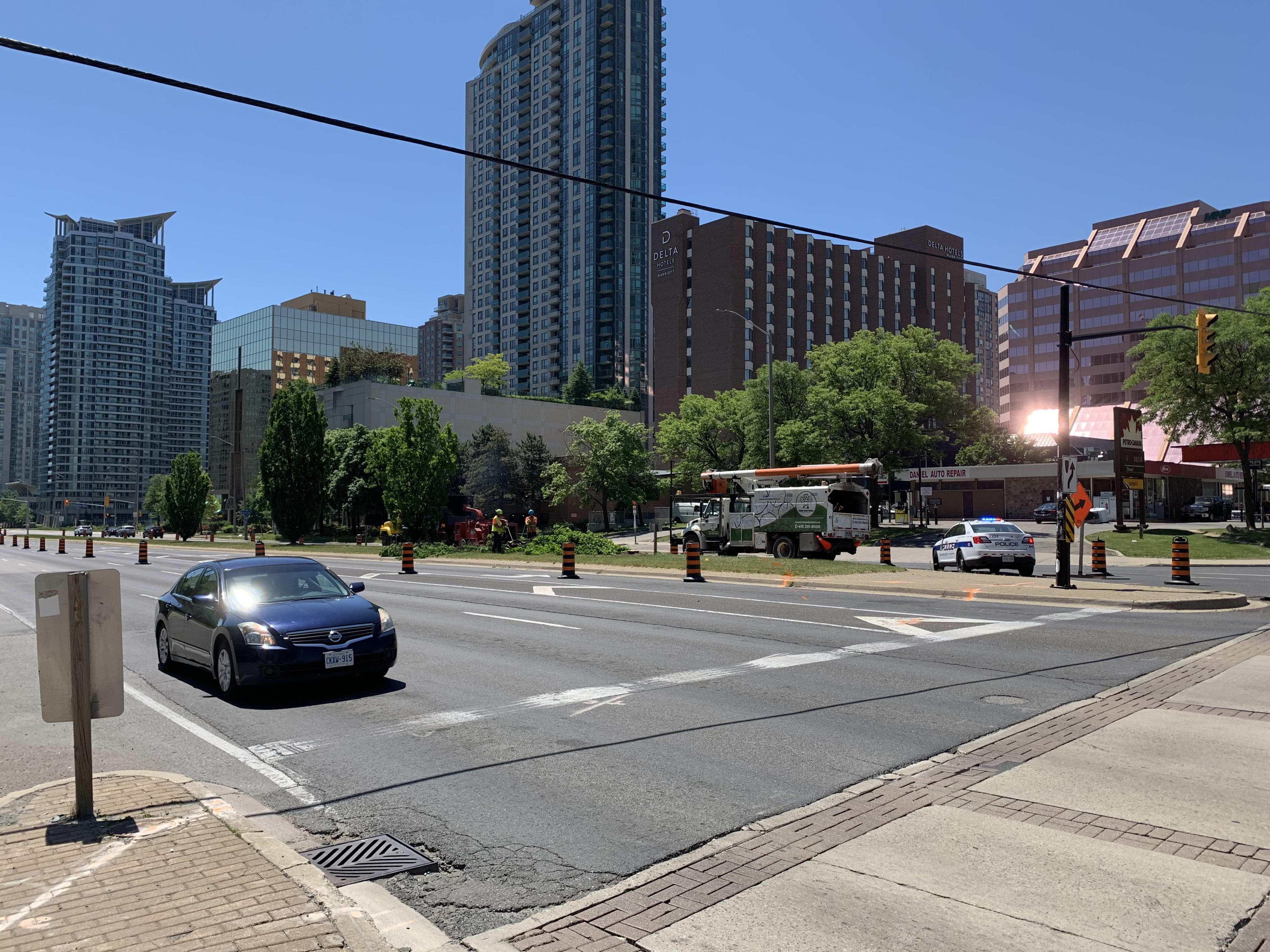How sustainability is embedded in the Hurontario LRT project
Among the first things planners have kept on the radar for the HuLRT route is its impacts on nature.
Aug 5, 2020
She was the first passenger aboard the Hurontario Light Rail Transit (HuLRT) project – even before the first shovel hit the ground.
And she’ll ride the route every day, for the life of the urban transit system that moves between Mississauga and Brampton, Ont.
And Mother Nature is a very demanding customer.
Modern light rail vehicle projects are made up of many, many moving parts. But at the very start, they factor in environmental sustainability.
Unique to the HuLRT, that’s meant not only tracking every tree, but also becoming a wildlife protector if a tiny 150-gram Eastern Meadowlark is found to be nesting on one of the construction sites. From construction to operation, Metrolinx is using environmentally sustainable best practices during all stages of the project. Using an Environmental Management System (EMS), officials track every environmental issue that pops up during construction to ensure consistent management and follow up.
Migratory bird nesting at a construction site. (Metrolinx photo)
As part of a Sustainability Strategy, experts are working to make sure the new route is climate resilient, that they are reducing energy use and emissions, and minimize the impact on local ecosystems. Constructions crews minimize idling – turning off equipment when not in use – and make sure it is properly maintained, because engines that are running well produce fewer harmful emissions.
The HuLRT will play a transformative role in contributing to better air quality in nearby communities by offering an efficient and convenient alternative to using a car. Communities around the globe have found that efficient and reliable public transit reduces the need for individuals to travel by car, ultimately resulting in fewer emission-producing vehicles on the road.
Aside from this, the HuLRT vehicles are electric powered, emitting near zero emissions, which in turn will further reduce air pollution. The route will also aid in a substantial reduction of greenhouse gas emissions and other air pollutants.
Crews working to remove trees from the corridor to accommodate the LRT. (Metrolinx photo)
Now back to that nesting little Meadowlark.
Metrolinx is dedicated to protecting wildlife and species at risk (SAR) at project sites. Contractors have been instructed to look for any potential wildlife and wildlife habitat at work sites, especially during the migratory bird period that takes place between April 15 and August 1. If wildlife or SAR are observed on site, crews must stop working immediately so officials can have an ecologist better assess the situation. In such cases, crews cannot resume working until the ecologist says it is safe to do so.
That Meadowlark carries weight.
Trees are another essential consideration during the construction phase of the HuLRT. To minimize the impacts on natural and semi-natural plants and wildlife habitats, crews look to best management practices for the protection of trees.
For publicly owned trees that need to be removed to accommodate construction of the corridor, replacements will be planted in accordance with local bylaws.
These are just a few of the actions that have been taken to manage the environmental impact of the HuLRT Project. To read the full Environmental Project Report visit our HuLRT project page for more information: www.metrolinx.com/HurontarioLRT
That site may not officially mention Mother Nature, but she’s been an important part of the transit project since a line for HuLRT was first drawn on a map.
by Noelle Wannamaker Ebraemi Manager Community Engagement - Hurontario LRT Metrolinx
